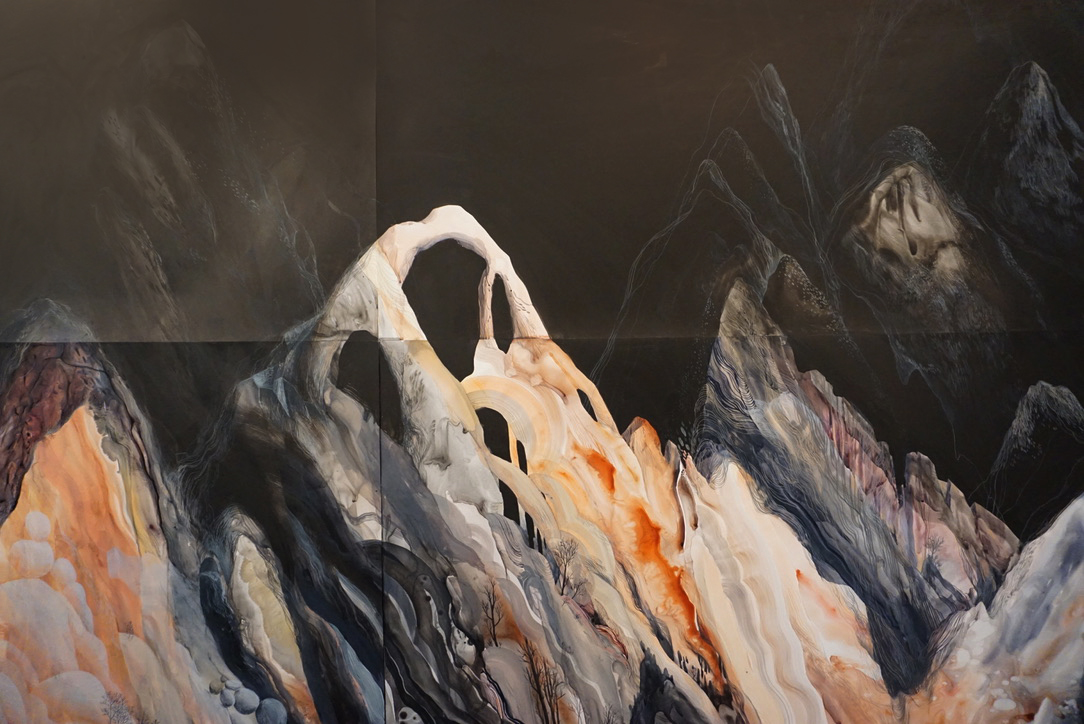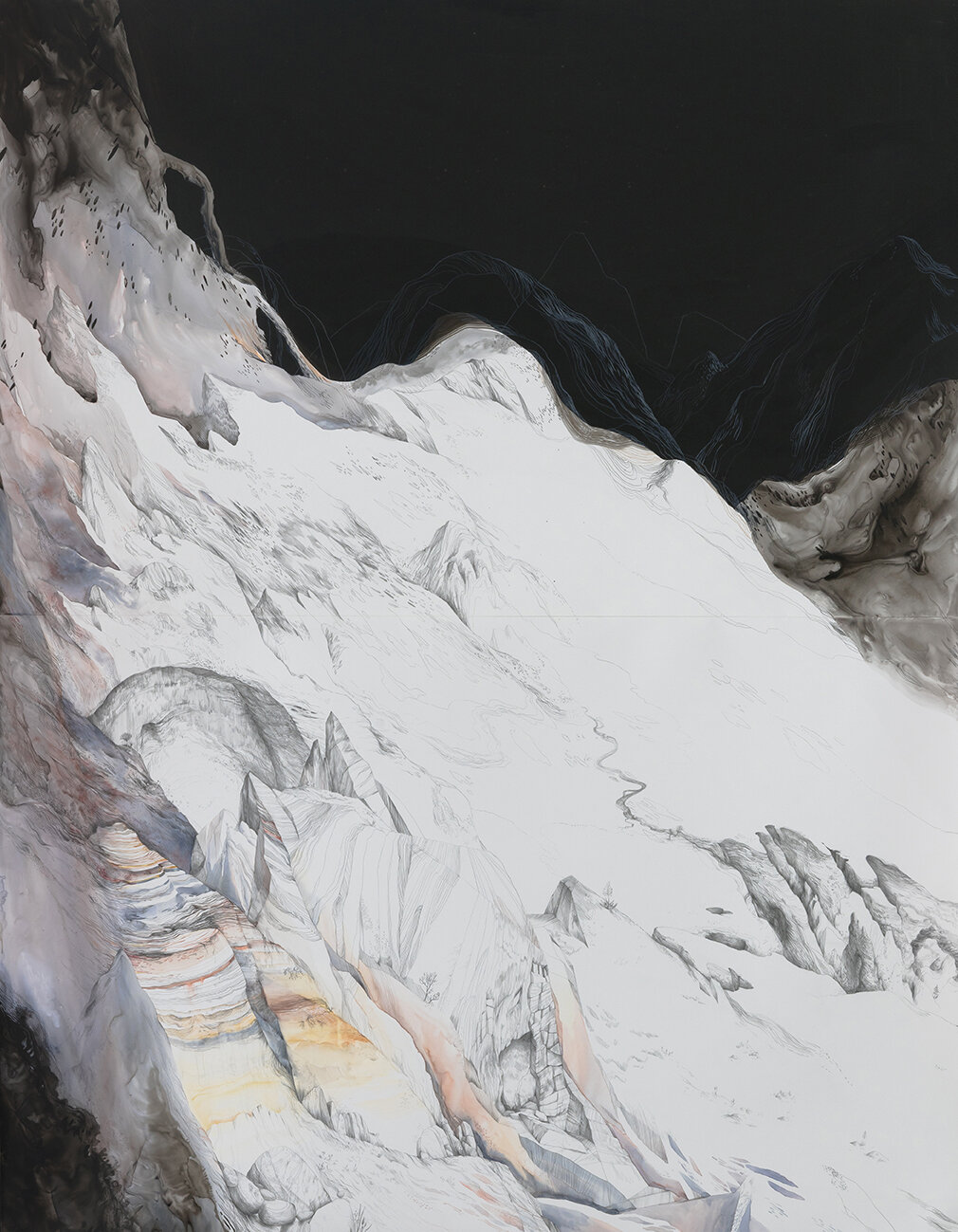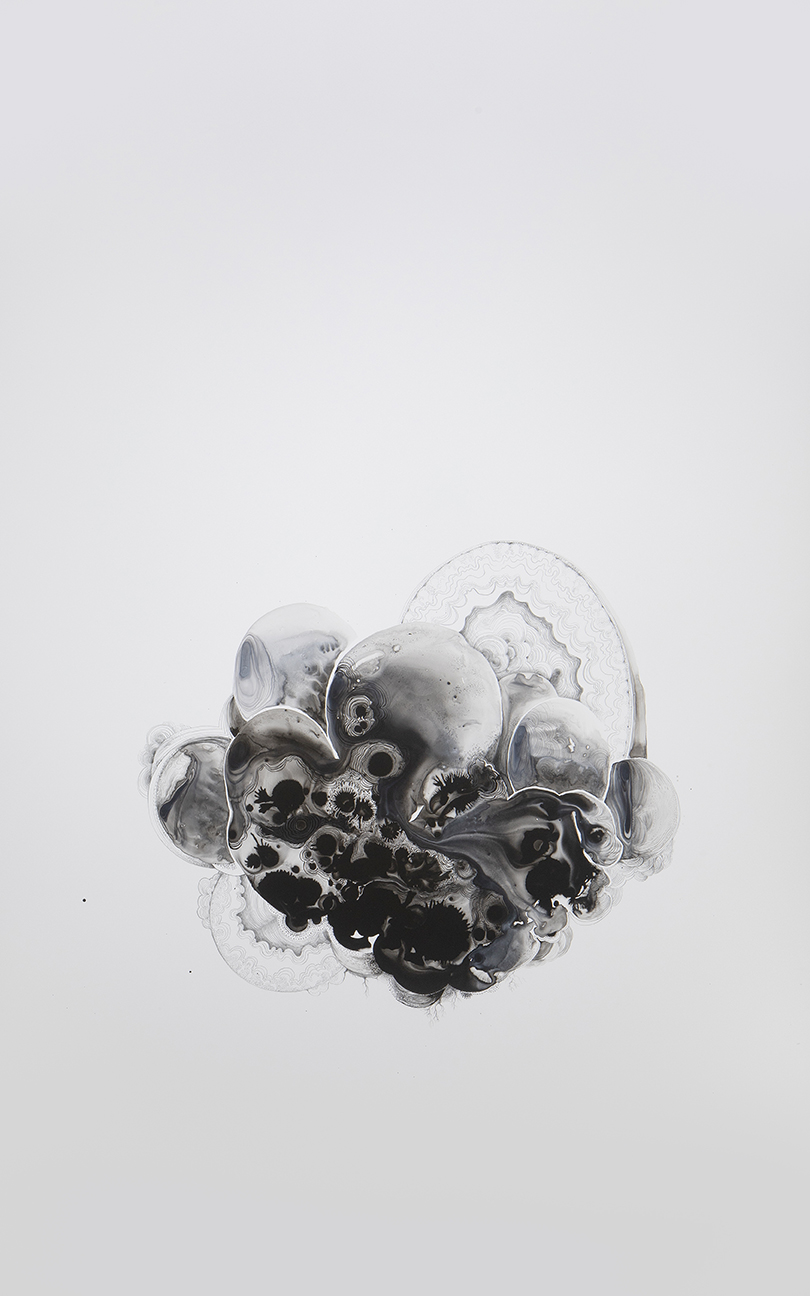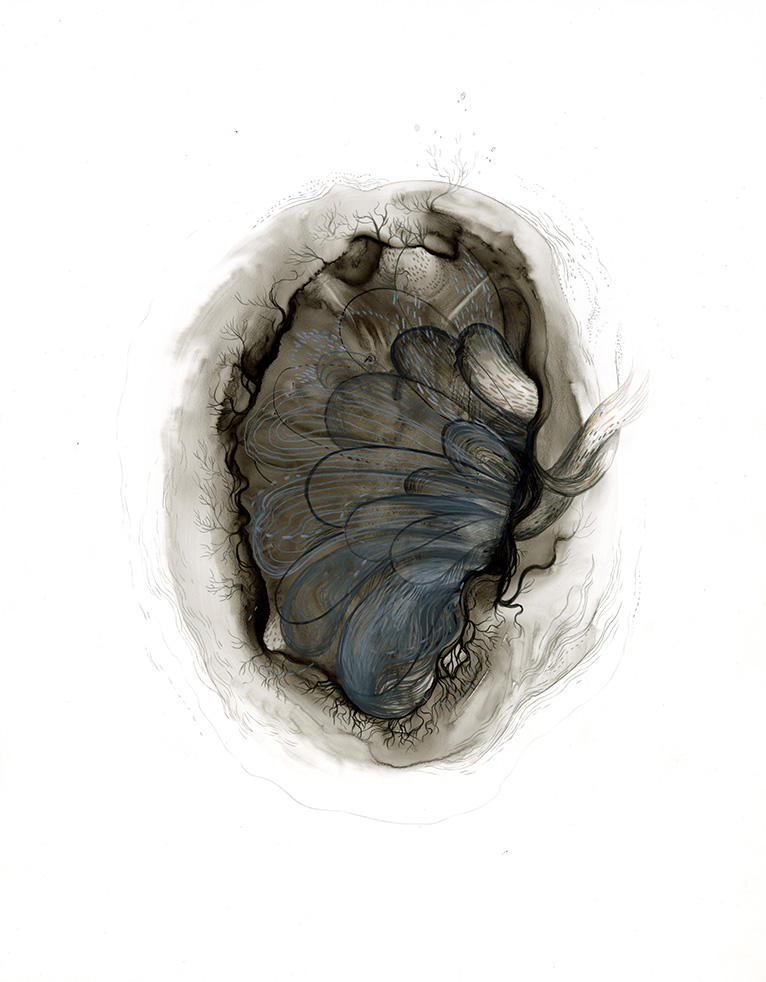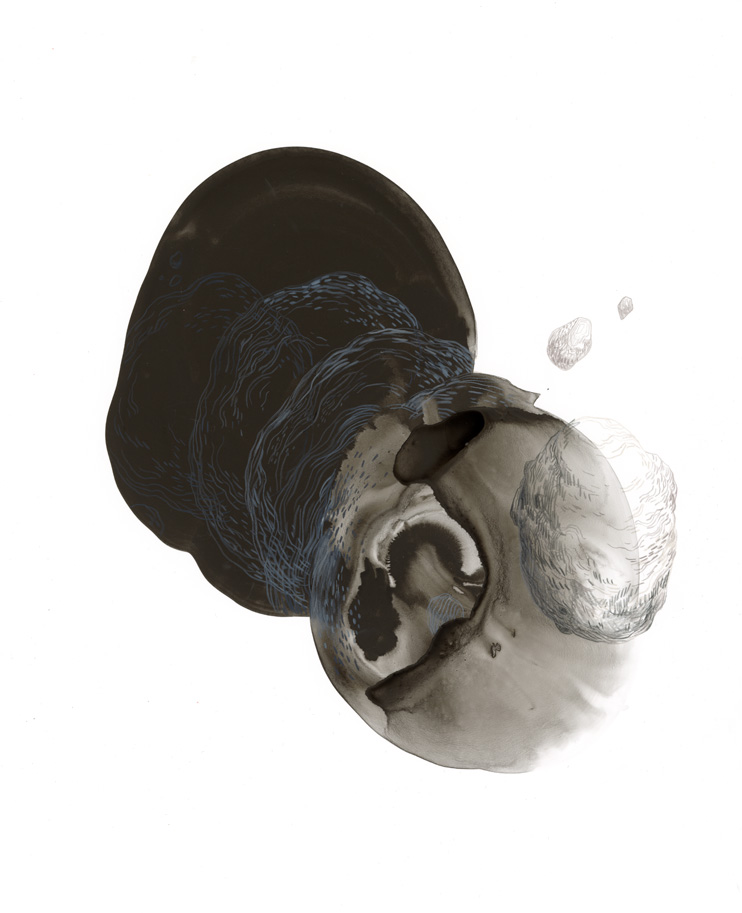A Slow Conflict is a study of the forces that shape the Earth’s landscape, both naturally occurring and resulting from human activity. The immensity of the Earth and the slow pace of its development are impossible for an individual to fully grasp in a single lifetime, a comparative blink-of-an-eye to the age of the planet; but our ability to relate to events and changes that we personally struggle with – growth, aging, scarcity, instability, social conflict, etc. – can be a link to understanding and relating to phenomena in the natural world. By drawing parallels between geological events and personal-scale changes as experienced by an individual or a group, A Slow Conflict aims to evoke empathy towards the evolving natural environment in the same way we empathize with each other. It asks the viewer to imagine engaging with the real landscape as intimately and intensely as we do with ourselves and other human beings, to experience the natural world slowly by being present and attentive, to attempt to understand its processes, and to observe the ways in which our involvement in and disruption of the environment has a lasting effect.
The title piece of the exhibition explores the evolution of landscape, providing clues to the narrative of its origin, growth, development, consumption, and ultimate dissolution. Viewing it in its entirety takes time, a nod to the pace of formation of the natural world. The smaller works, being closer to the size of a human body and occupying a similar space to our own, offer a more immediate, conversational experience. They are quiet, introspective, and at times pathetic beings, unlike the dark, haunting, epic timeline of the larger piece that anchors them. Whether through intimately detailed moments or large geological passages, each piece serves to personify the conflict, imbalance, and converging forces that drive our world, and the connections that exist between events of all scales.


